
Can You Put a Tent in the Dryer Safely?
Can You Put a Tent in the Dryer Safely? Published February 4th, 2023 by Allen Campbell Well, it’s no secret that a tent is a
Published December 10th, 2022 by Allen Campbell
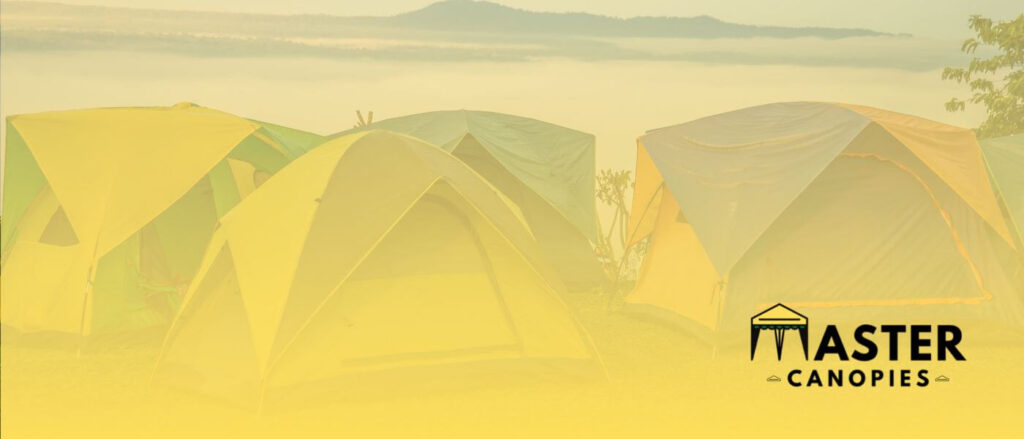
Are you the ultimate camping enthusiast who loves to explore the great outdoors but hates being away from your home comforts for too long? Or maybe you’re a first-time camper who’s not sure how to set up your tent.
Either way, this blog post is for you! In today’s post, I am going to show you how to connect two tents together, so you can enjoy all the benefits of camping without sacrificing any of your creature comforts. Stay tuned for tips on how to make this process as easy and seamless as possible.
The first method is to use tents that are specially designed to be attached to one another. Many popular camping brands have tents that can be linked together so that you can enjoy the convenience of one large living space without having to buy two separate tents.
This is a great option for families or groups who want to camp together but don’t want to sacrifice their own personal space. You can easily join these tents together using the instruction manual provided by the manufacturer. There are many brands available that deal in this kind of tent, so make sure to do your research and choose the one that will best fit your needs.
One such brand is POD Tents which is a popular choice among campers. This brand only produces tents that are designed to be connected, so it will save you the hassle of having to find compatible tents yourself.
If you want to save money and connect two separate tents, then the second option is to attach the doors together using some clips that you can find at your local hardware store. This is much easier than it sounds and actually provides a very secure connection between the two tents.
All you have to do is take some clips and attach them to the door openings of each tent. Make sure that they are tightly secured so that no water or bugs can get in through the cracks. Furthermore, you should use high-quality clippers to avoid ruining the material and ensure that your tents are properly secured. At least one of your tents should have two doors because if it doesn’t, then you won’t be able to enter or exit the tent.
You will need one large tent and one smaller tent if you want to use this method. Take the smaller tent and put it inside the larger tent. Once the smaller tent is inside and secured, you can cover over the door opening of the larger tent.
You can use tarpaulin or canvas to cover the door and make sure that no water or insects can get in. This will provide an extra layer of protection and make sure that your tents are secure. Use clips to attach the tarpaulin or canvas to the larger tent and make sure that it is securely attached.
If the doors of your two tents are not equal in size, then one of the best methods to connect them is by using a tarp hallway. In this method, you need to have tent stakes, bungee cord, and one tarp that is large enough to cover the two tents.
Tie one end of the bungee cord to the door of the larger tent and the other end to the door of the smaller tent. Then, put the tarp over the hallway created by the bungee cord. Secure it by hammering four stakes into each corner of the tarp.
This method will provide a secure and waterproof connection between your two tents and make sure that you can move freely between them. To create a comfortable environment, make sure to keep 1.5m of space between the two tents.
Connecting multiple tents together provides extra living space. This is especially beneficial for larger groups who need to connect multiple tents together in order to maximize their living space.
By connecting two tents together, you can create one large area where everyone can hang out and relax after a long day of hiking and exploring the outdoors. Plus, it allows for separate sleeping areas so everyone has their own personal space when it’s time for bed!
Connecting two tents creates an extra layer of protection from the elements like wind and rain. This is especially important for those who are camping in harsher climates with unpredictable weather patterns. By connecting two tents together, you create an additional barrier between yourself and any outside elements that may try to intrude on your campsite.
Connecting two tents also provides privacy between campers in the same tent setup. No one wants to feel like they’re living in someone else’s pocket while on vacation, so having separate “rooms” can help everyone feel more comfortable during their stay. This type of setup is also great if there are children in the group who need their own space away from adults for naps or bedtime stories.
Having a lot of extra space also helps keep things organized. Instead of having one big tent where everything gets mixed up and scattered about, you can use each tent for specific purposes like sleeping areas or storage areas. This way everything is easy to find and not piled up in a jumbled mess!
So there you have it – a few tips for safely and successfully connecting two tents together. By following these simple guidelines, you can create a makeshift shelter that will keep you and your loved ones warm and dry all night long.
Just be sure to practice proper tent setup and maintenance to ensure your campsite is as safe and secure as possible. Also, don’t forget to take the necessary safety precautions when it comes to connecting multiple tents together. Have fun and stay safe out there!
A tent with no sides is called a “shelter.” While it may not provide the same level of protection from the elements as a traditional tent, a shelter can be a useful tool in a variety of situations.
For example, if you’re planning a picnic and there’s a chance of rain, setting up a shelter can give you a place to take refuge if the weather takes a turn for the worse. Shelters can also be used as impromptu camping accommodations or as an emergency shelters in the event of a natural disaster. So while they may not be the most glamorous type of tent, shelters can definitely come in handy.
When it comes to tents, there are three main categories: freestanding, semi-freestanding, and non-freestanding. Freestanding tents are the most popular type, as they can be set up just about anywhere and don’t require any guy lines or stakes.
Semi-freestanding tents also don’t require guy lines or stakes, but they need to be staked out at the corners in order to provide proper support. Non-freestanding tents must be staked out at all four corners in order to stand up, and they typically have a more complex setup than freestanding or semi-freestanding tents.
However, they offer the benefit of being lighter weight and easier to pack. Ultimately, the type of tent you choose will depend on your needs and preferences.
If you’re looking for the perfect tent for your next family camping trip, you might be feeling a bit overwhelmed by all of the options. However, there is no need to worry – I have you covered. In general, the best tents for families are those that are spacious and easy to set up.
Additionally, it is important to consider the climate in which you will be camping. For example, if you’re planning to camp in warm weather, then you’ll want a tent with good ventilation. On the other hand, if you’re expecting cooler temperatures, then you’ll need a tent that can hold in heat. Regardless of your specific needs, there is sure to be a tent out there that is perfect for your family. So get out there and start exploring!
There are a lot of benefits to sleeping in a tent: you’re closer to nature, you get to fall asleep under the stars, and it’s a great way to bond with your camping buddies. But is it actually good for your health? Some experts say yes. Sleeping in a tent can help you reset your body’s natural sleep rhythm, and the fresh air can improve your respiratory health.
Additionally, the darkness of a tent helps promote the production of melatonin, which can boost your immune system. So next time you’re planning a camping trip, don’t forget to pack the tent! It might just be the best thing for your health.

Allen is a full time writer at Mastercanopies.com and enjoys traveling around the United States and exploring nature. He enjoys writing about canopies as he believes they are extremely crucial in having a successful camping trip whether it be a trip to the beach, mountains, or the open plains.

Can You Put a Tent in the Dryer Safely? Published February 4th, 2023 by Allen Campbell Well, it’s no secret that a tent is a
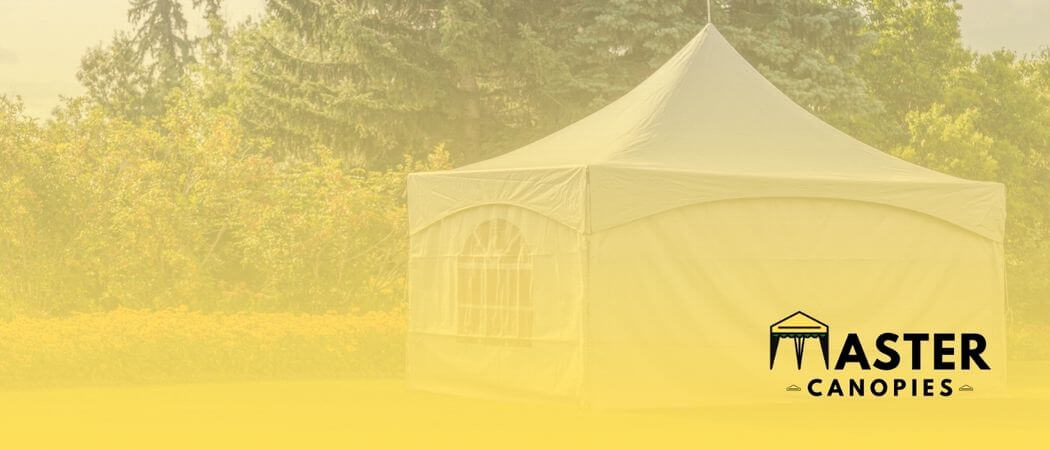
How to Print on a Canopy: How to Print Custom Images/Logos Published February 4th, 2023 by Allen Campbell Do you want to print something special
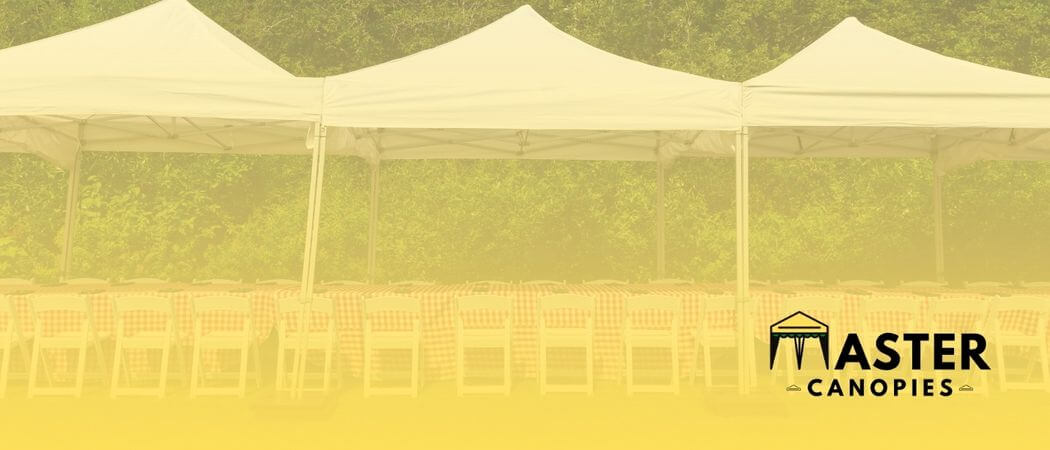
How to Choose the Best Outdoor Event Flooring for your Next Celebration Published January 31st, 2023 by Allen Campbell Planning an outdoor event can be

How to Insulate a Tent for Winter and Keep Warm Published February 3rd, 2023 by Allen Campbell Is your tent the last frontier when it
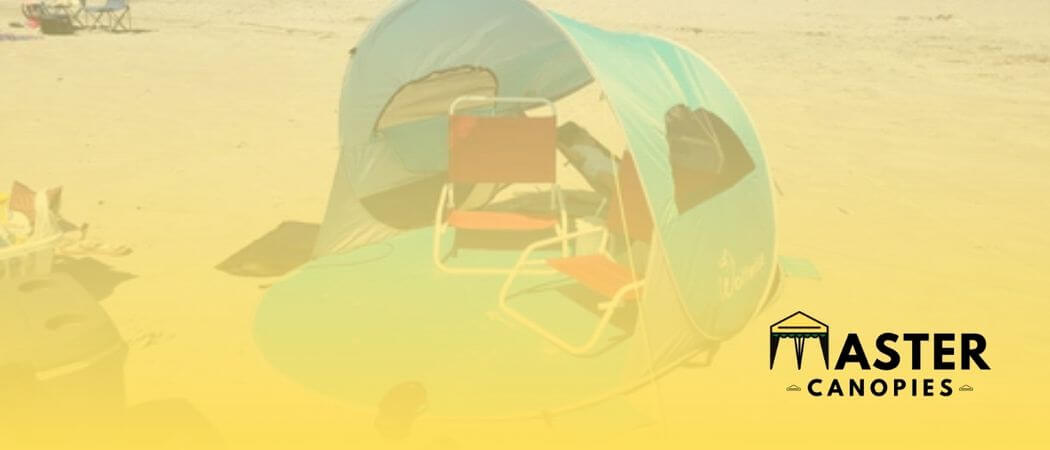
Wolfwise Beach Tent Review: Should You Buy It? Published January 23rd, 2023 by Allen Campbell Are you planning a beach vacation but don’t know exactly
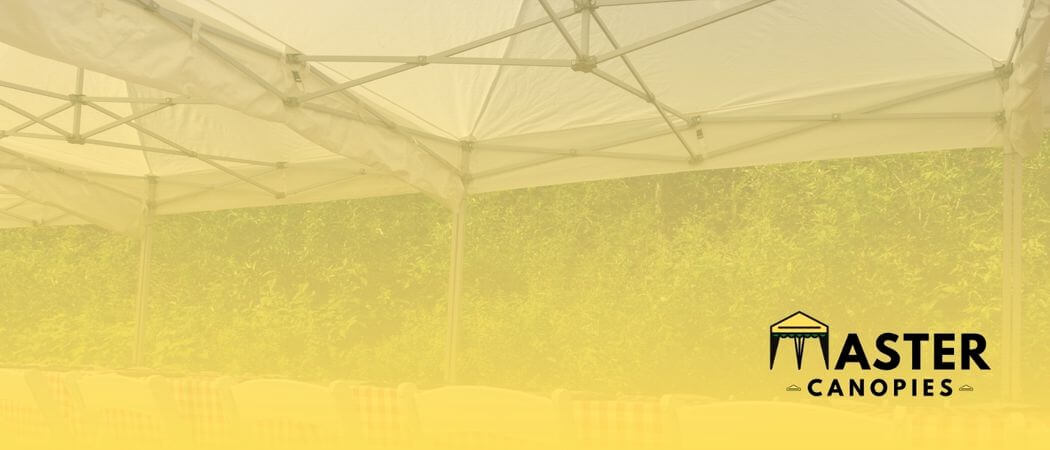
How to Start a Tent Rental Business (and have Success with It!) Published January 23rd, 2023 by Allen Campbell Do you have a knack for

Wolfwise Beach Tent Instructions: Easy Setup Guide Published January 23rd, 2023 by Allen Campbell Let’s face it, setting up a beach tent can be tricky…
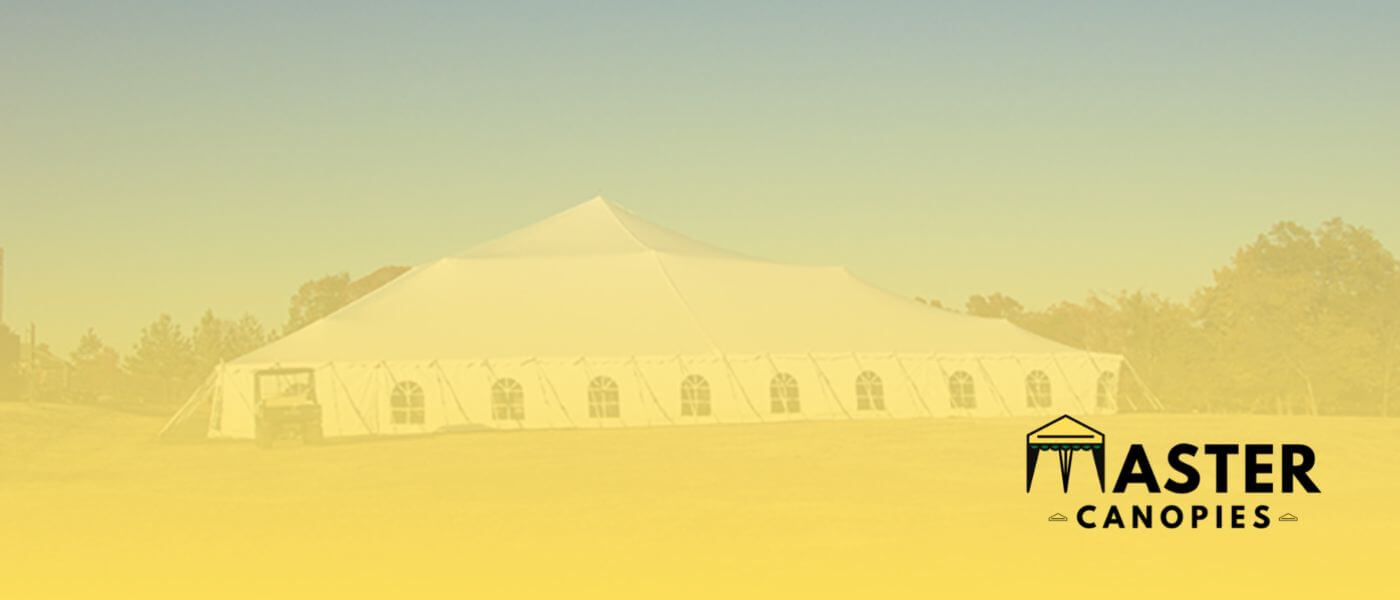
Best 100×100 Tents for Large Gatherings and Parties Published January 12th, 2023 by Allen Campbell Finding the right tent for your next event can be
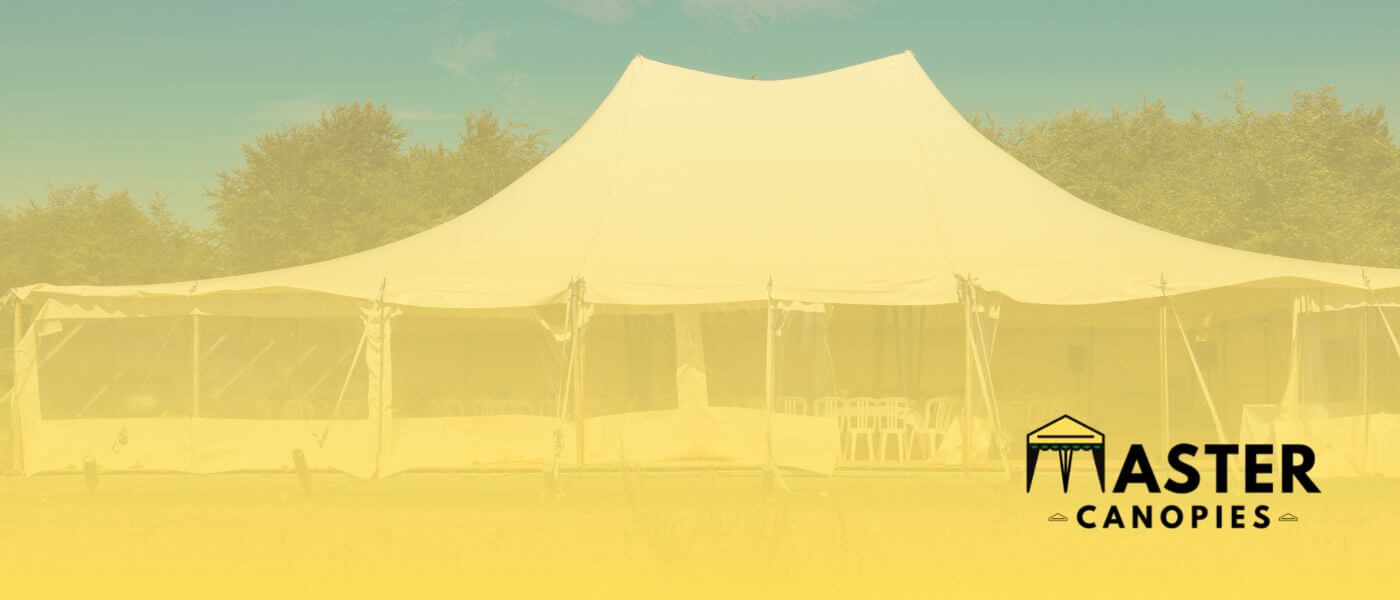
Best Tent Rentals in Downers Grove, IL Published January 12th, 2023 by Allen Campbell Hoping to make a big impact in Downers Grove? Well, if

Master Canopies is here to bring you the best canopies for the outdoors so that you can enjoy the fresh air without the gleaming and burning light of the sun.

Master Canopies is here to bring you the best canopies for the outdoors so that you can enjoy the fresh air without the gleaming and burning light of the sun. As an Amazon Associate, we earn from qualifying purchases.